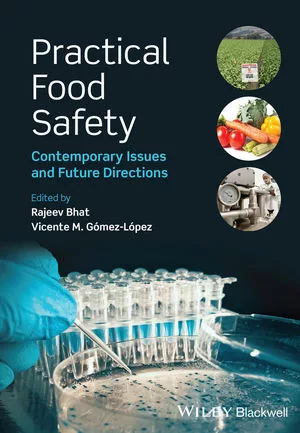FDA’s PHO Ban and the Path Towards Reformulation

Since the 2015 decision by the U.S. Food and Drug Administration (FDA) that declared that partially hydrogenated oils (PHOs) are not Generally Recognized as Safe, food manufacturers have been grappling with the complicated task of reformulating their products without sacrificing taste and quality.
This overhaul, a drastic change to the industry, was the result of research that determined PHOs to be the primary dietary source of artificial trans fat in processed food. FDA concluded that this change could prevent thousands of heart attacks and deaths each year. With an abundance of evidence, and powerful findings, these regulations are hard to disagree with—but implementing these reformulations has not been a simple task for most food manufacturers.
PHOs are far from insignificant in the baked goods industry; in fact, FDA’s ban likely had the largest impact on the bakery category compared to all other foods. For many commercial bakers, PHOs are critical in ensuring their products have a long shelf life. PHOs allow consumers and distributors to keep packaged baked goods for longer, without the concern of spoilage. While shelf life is important, PHOs are also used to provide foods with a lighter texture and richer flavor. Prior to the FDA ban, manufacturers relied on PHOs for their texturizing property, one that is very difficult to mimic with other ingredients.
One company, Otis Spunkmeyer, a brand dedicated to producing delicious baked goods for the last 40 years, committed to completing an overhaul of their ingredients for the benefit of their customers. The brand sought to not only remove PHOs from all of their foods but also to eliminate artificial flavors, colors, and high fructose corn syrup from most of their portfolios. In accordance with the FDA deadline, and their own goal to migrate towards healthier versions of their foods, the company committed to these reformulations 2 years ago, placing them ahead of most food manufacturers timelines. This motivation, in part, stemmed from the growing number of consumers who were looking for indulgent-tasting foods made with better-for-you ingredients.
With obvious inspiration, Otis Spunkmeyer began the process of transitioning their ingredients to ones their consumers, and FDA, would approve of. Before a reformulation could take place, the company needed to determine replacement ingredients. Since clean label foods are generally categorized as having no PHOs, artificial flavors, or artificial colors, the research and development team at Otis Spunkmeyer needed to make some changes to adhere to this definition—whether it was swapping in unbleached flour, real vanilla, or other non-genetically modified ingredients. The team spared no expense on this project, working with both inhouse and external teams for over a year to ensure it was done right—and for some product lines, the process is still ongoing. Using both inhouse and external partners allowed the Otis Spunkmeyer research and development team to clear the hurdles involved in replacing ingredients with natural colors and flavors. Replacing artificial colors with natural colors is not as simple as swapping out the ingredients; artificial colors remain vibrant for longer, are more bake-stable, and more cost effective, which required Otis Spunkmeyer to also incorporate natural color stabilizers to balance the new natural flavors and colors. For Otis Spunkmeyer, the challenge involved was not finding natural alternatives but incorporating them.
As for determining replacement ingredients for PHOs, many food manufacturers turned towards other sources of fats and oils, such as coconut oil, sunflower oil, or safflower oil. However, these alternatives are not perfect, as many manufacturers have had to manage the higher costs, distinct flavoring, and allergen risks that accompany them. With these concerns, other manufacturers turned towards butter, the seemingly simple replacement, that was initially swapped out for PHOs years ago due in part to its shorter shelf life, and higher price. Despite these concerns, butter is an appealing alternative because of its recognizability and simplicity on a nutrition label, versatility for baking, and superior flavor compared to other alternatives.
With several options, none of which perfectly replace PHOs, food manufacturers have tackled, and will continue to tackle, the difficult process of reformulation to please their customers. FDA’s ban on PHOs may have officially started these reformulations, but it will be the consumer response that continues to move the momentum forward. For the Otis Spunkmeyer brand, due to the great feedback that they have received thus far, they are already considering reformulating other popular portfolios. With consumer awareness and clean label trends increasing in popularity, the baked goods industry is likely only just getting started in its trek towards products with labels wholly approved by consumers and FDA alike.
Greg Tompkins is senior vice president of research and development at Otis Spunkmeyer.
Looking for quick answers on food safety topics?
Try Ask FSM, our new smart AI search tool.
Ask FSM →








